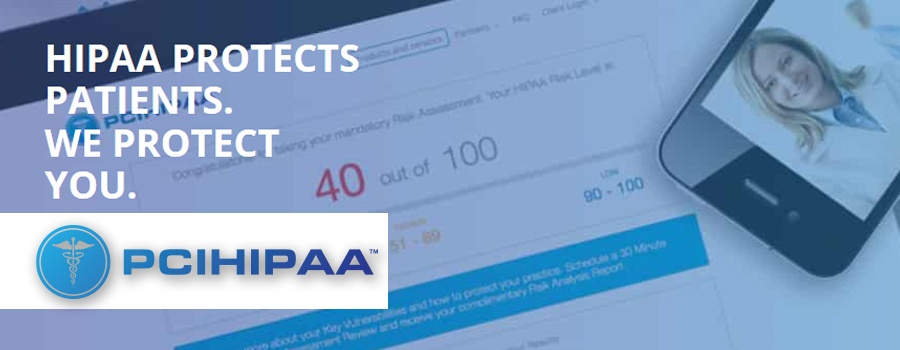Tag: HIPAA
-

Phishing Emails: One Click and That’s It!
Many health care entities recognize that cybersecurity threats present a substantial risk to their organization. Moreover, the HIPAA Security Rule requires health care providers to develop and implement policies and procedures to ensure the confidentiality, integrity and availability of protected health information. However, while entities aim to secure health data, a recent study of health…
-
The Delivery and Confidentiality Challenges in Rural Health Care Explained
Medical practices in rural settings face a host of concerns, such as how emergency protocols may differ from urban areas, difficulty in finding nurses (according to a recent Friday Letter from the Alabama Hospital Association, registered nurses are the third most in-demand jobs), and difficulty in finding appropriate training for staff. In small towns/rural settings,…
-

Can We Overhaul Our ‘Broken’ Health Data System?
COLUMBUS, Ohio – Our system for protecting health data in the United States is fundamentally broken, and we need a national effort to rethink how we safeguard this information, according to three experts in data privacy. “Data scandals are occurring on a regular basis, with no end in sight,” said Efthimios Parasidis, a co-author of…
-

How Are HIPAA Breaches Impacting Alabama?
HIPAA enforcement reached an all-time high in 2018, with financial settlements ranging from $100,000 to $16,000,000. The Department of Health and Human Services (HHS) Office of Civil Rights (OCR) is responsible for providing oversight and ensuring HIPAA compliance. Last year alone, OCR resolved a total of 25,089 complaints of HIPAA violations and required at least…
-

HHS Lowers Annual Limits of Penalties for HIPAA Violations
Published in the Federal Register on April 30, 2019, the Department of Health and Human Services (“HHS“) issued a notification to inform the public that HHS is exercising its discretion in how it applies regulations concerning the assessment of civil money penalties (“CMPs“) under the Health Insurance Portability and Accountability Act of 1996 (“HIPAA“), as…
-

How Can You Ensure Your Email is Safe and HIPAA Compliant?
Using free email providers like Gmail, Yahoo, and MSN are expedient and easy to set up. It’s the reason why some healthcare providers rely on them. While you could stretch to make the argument that these email services can be configured to be “HIPAA capable,” none in the eyes of security experts are HIPAA compliant.…
-

Record Year for HIPAA Enforcement
In the current environment of regulation reduction, it is notable that the Department of Health and Human Services (HHS) received a record $28.6 million dollars in publicized settlements and judgments for HIPAA violations in 2018. These numbers surpass previous years with the closest year on record being 2016 in which HHS collected $23.5 million dollars.…
-

Lights, Camera…HIPAA
In the age of social media and reality TV, some people document their surroundings and behaviors regularly. Many of us think nothing of pulling out our cellphones to capture moments or otherwise memorializing our lives. But HIPAA-covered entities[1] must be proactive about the use of photographic and recording devices to ensure that they are in…
-

-

Does Your Workforce Know Its Privacy/Security Officials? They Better.
As a health care compliance attorney for more than 12 years, I may not have seen it all, but I’ve definitely seen a lot. An unfortunate, yet common, pattern is a lack of compliance with some of the most basic state and federal regulations. There are some documents and practices that are required to be…